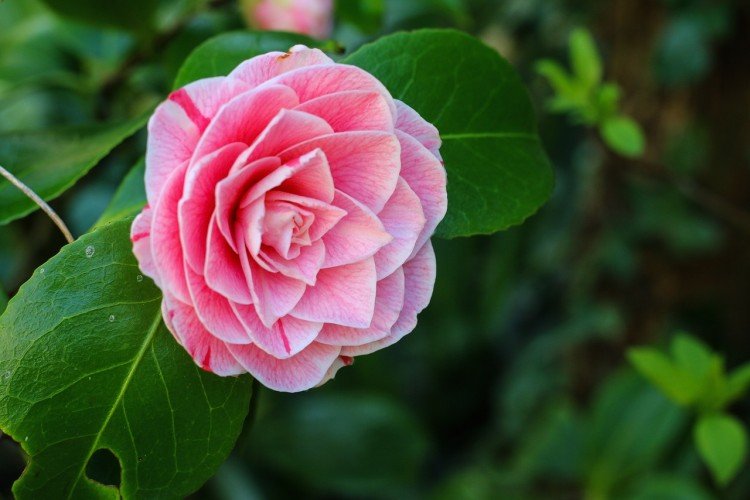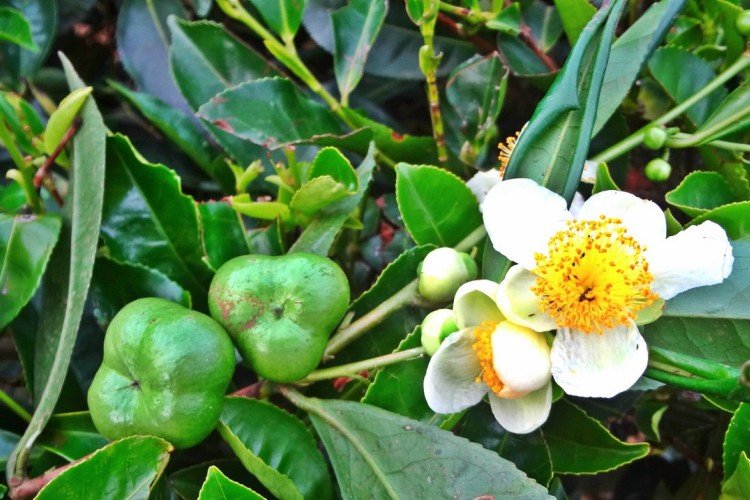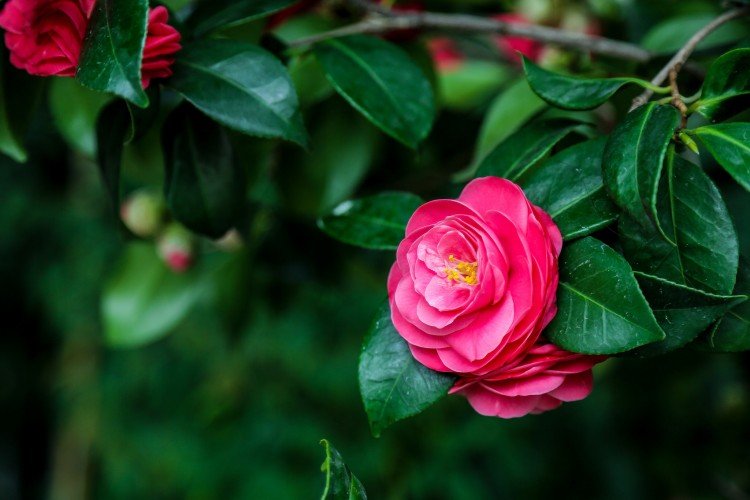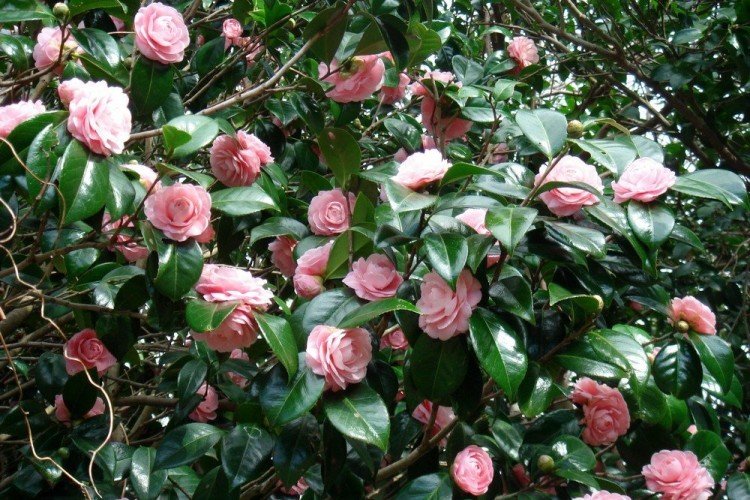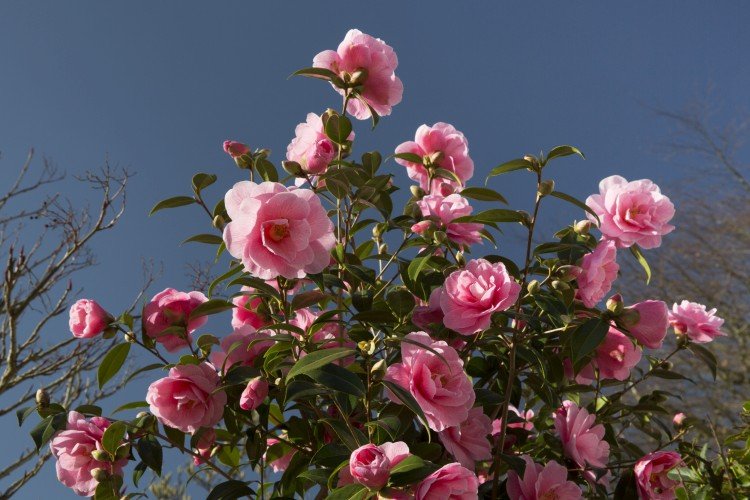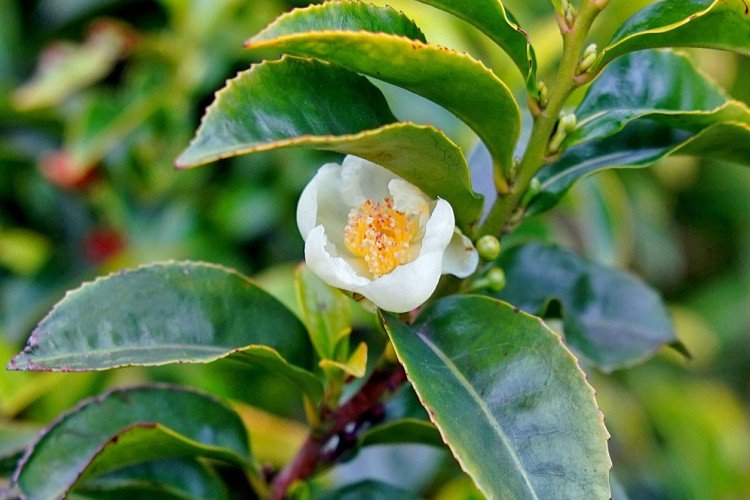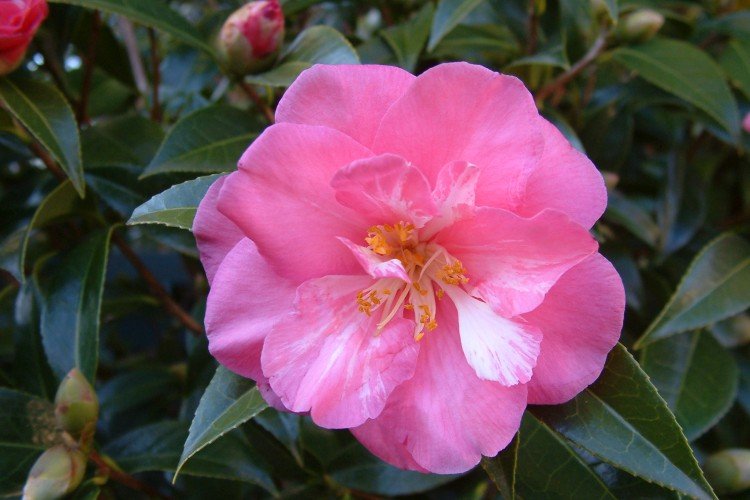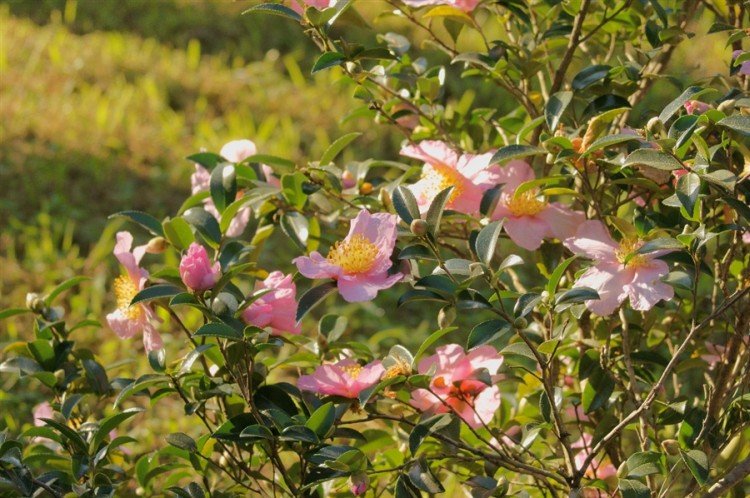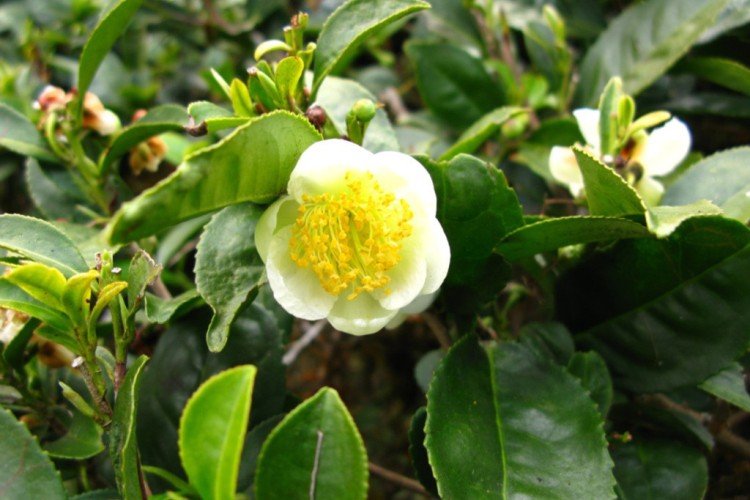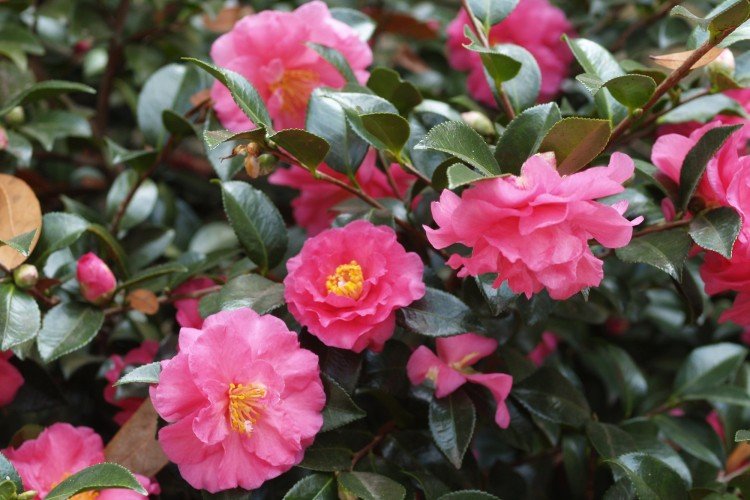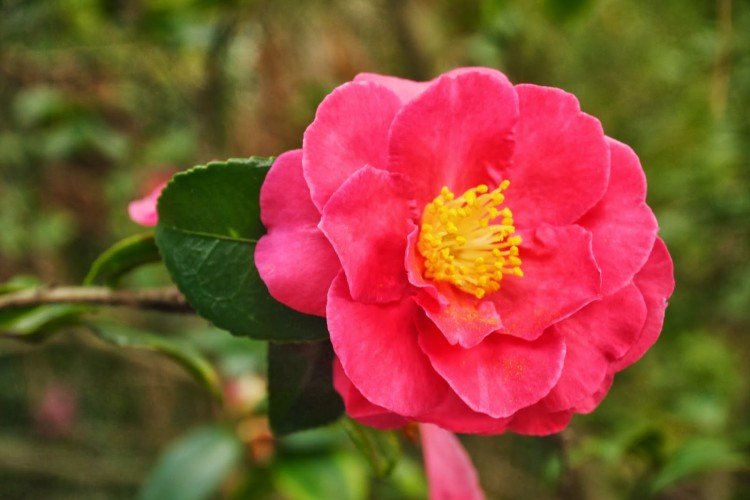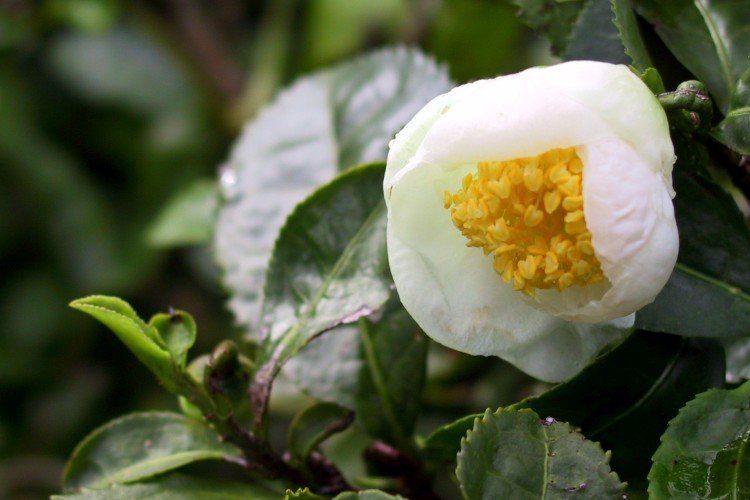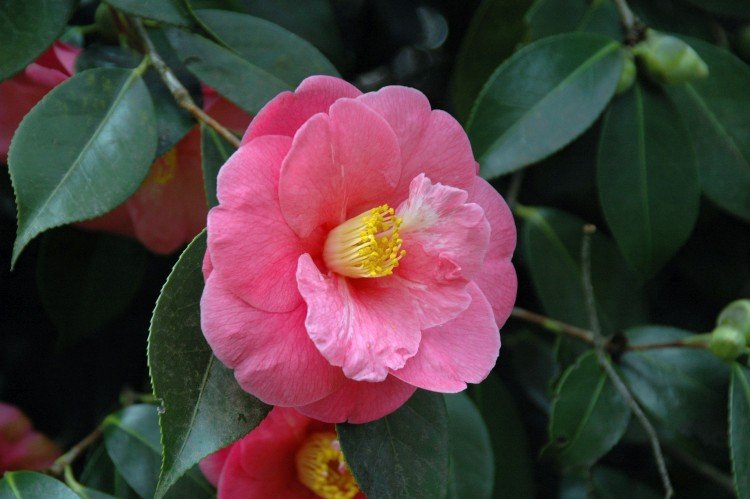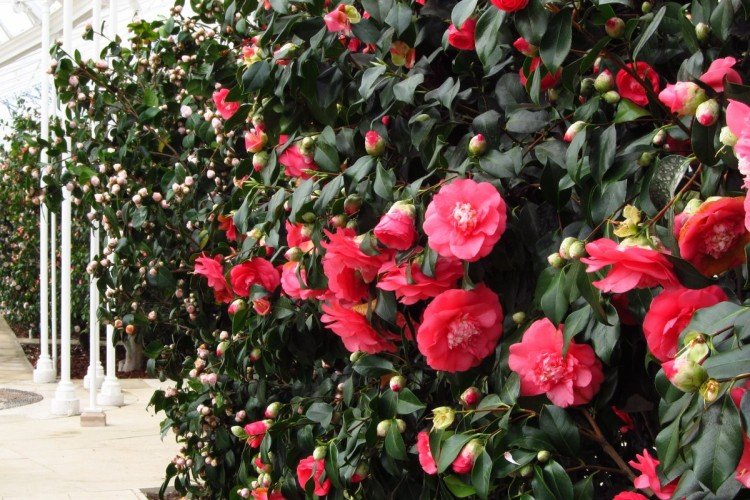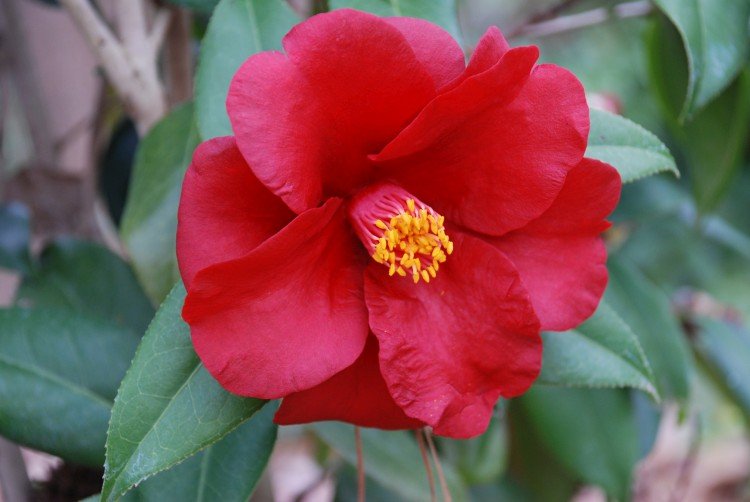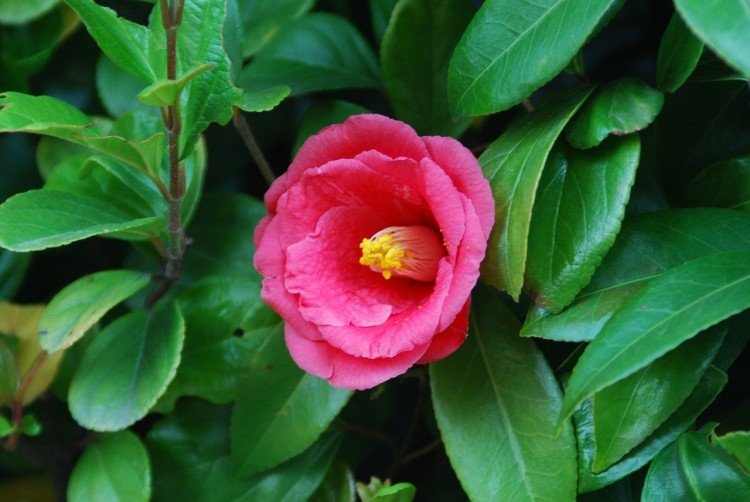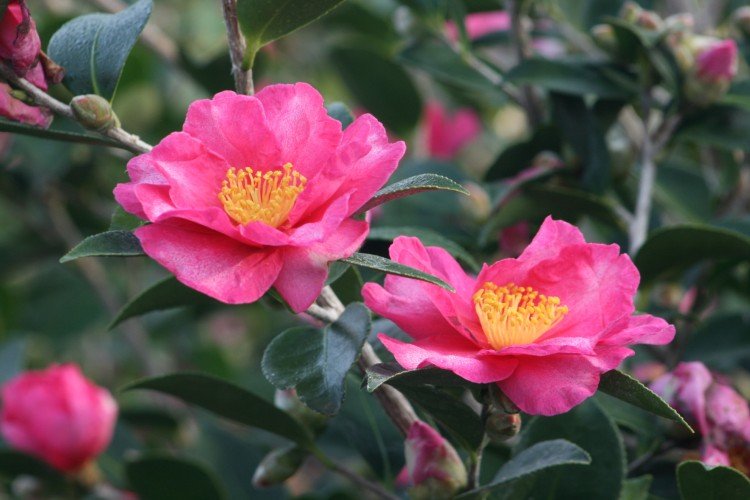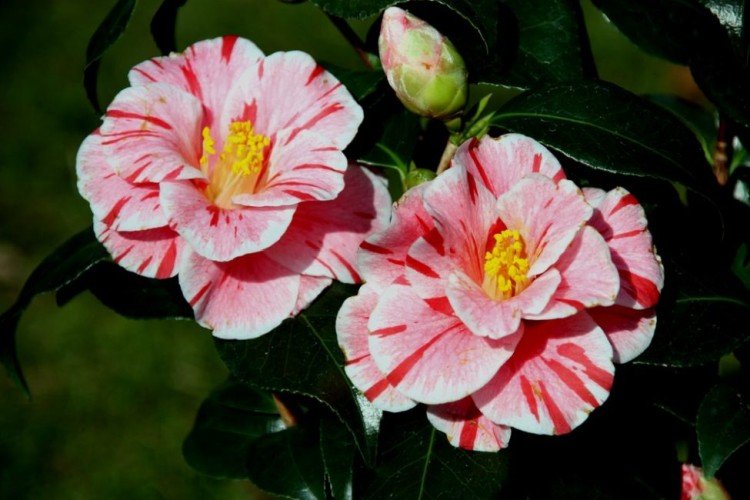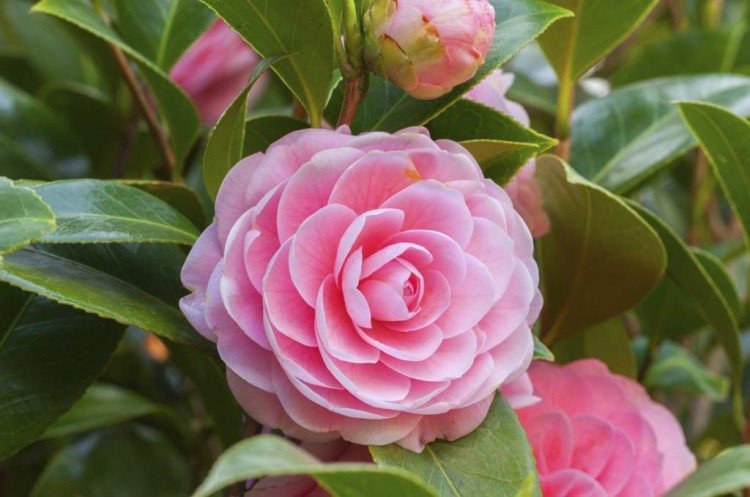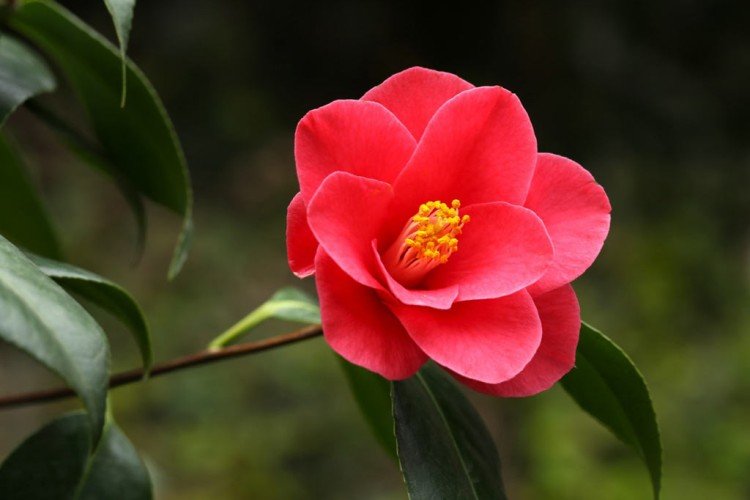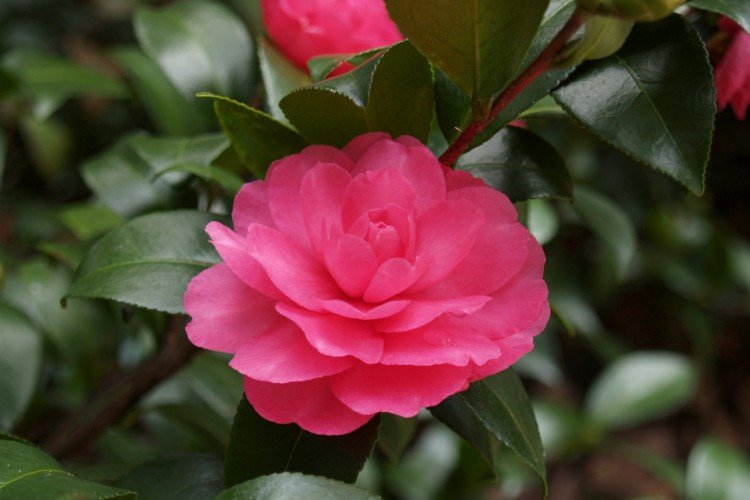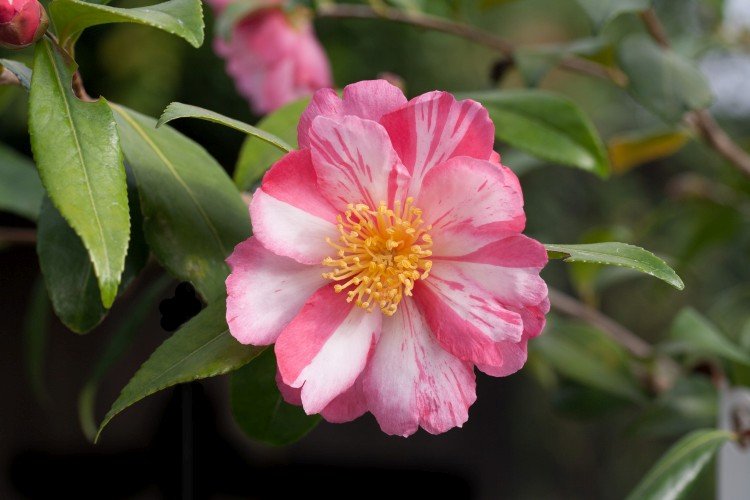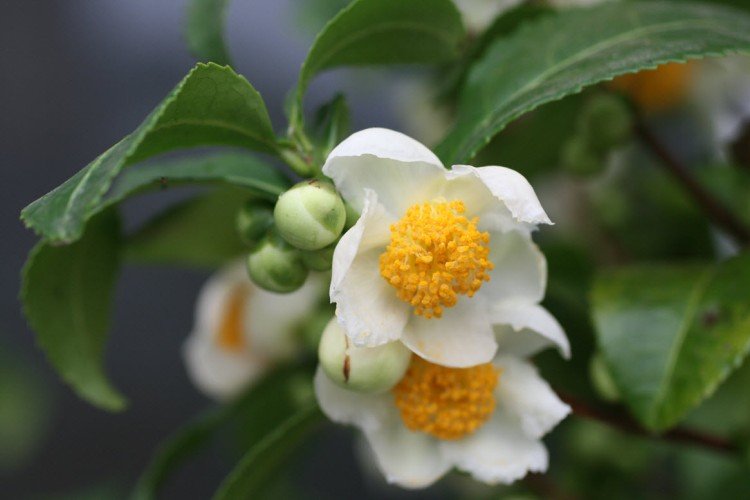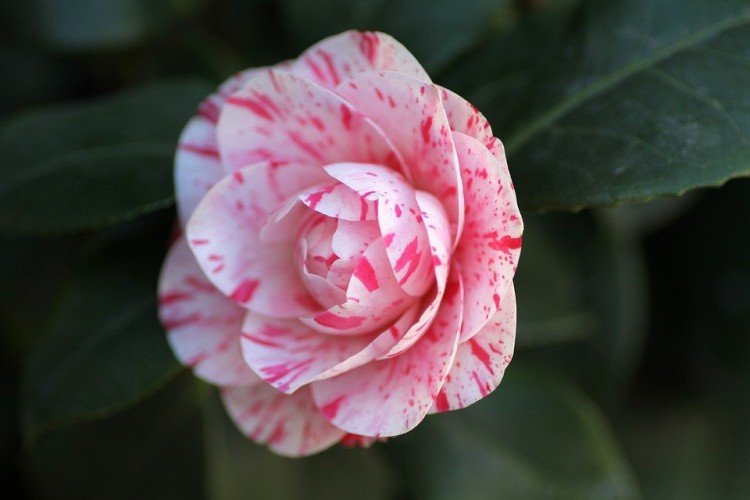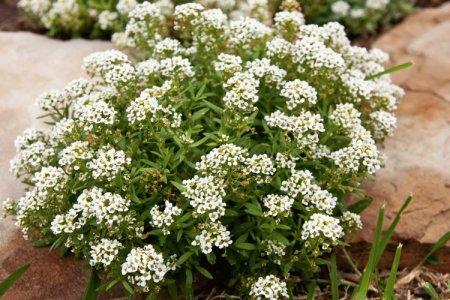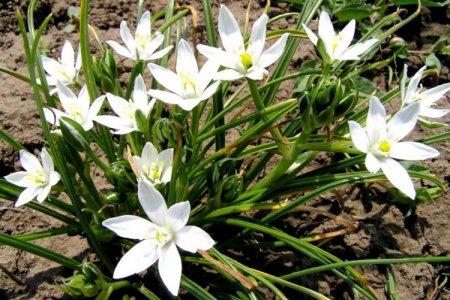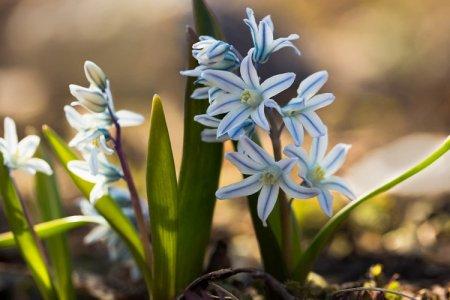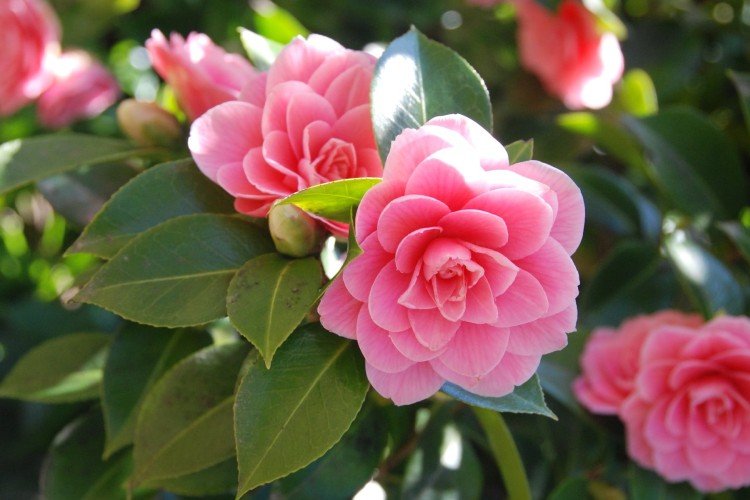
Perhaps you know that camellia is a tea culture. But in fact, tea is made only from some of its varieties. And there are also decorative garden species that can be grown on the site, in greenhouses or even an apartment. We will talk about them today!
general information
Camellias are difficult to describe because they are so diverse. There are shrubs and trees, and their height varies from 2 to 20 m. They actively branch, and the stems become lignified and bare over time. Leaves are usually oval or ovoid, on short petioles, with slightly raised veins.
Camellia blooms with spectacular large flowers up to 12 cm in diameter. Decorative varieties resemble tea roses, especially selective terry species. Flowering begins in late autumn and continues throughout the winter. The main shades are white, pink, yellow and red. There are also variegated petals.
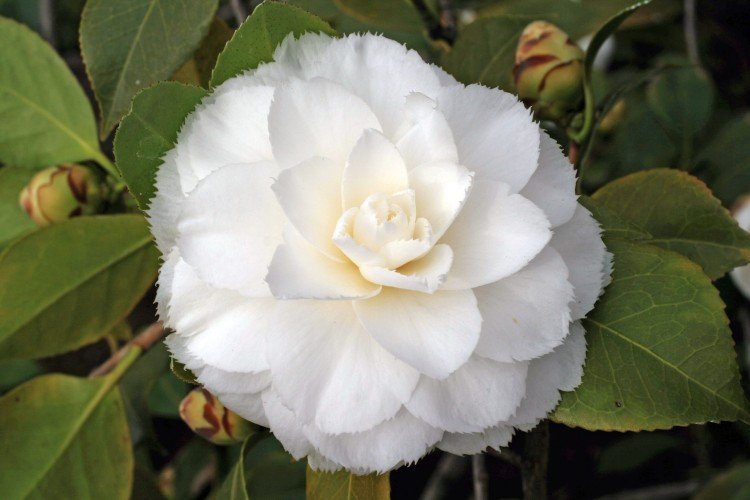
Camellia species
According to various classifications, the camellia genus has up to 250 species. Of course, we won't be able to go through all of them, but let's take a look at the most popular ones!
Chinese camellia
It is also called a tea bush and has been cultivated in the East for more than one century. It was from China, and later also from Japan, that it spread throughout the world. The height of a tree in nature reaches 10 m. Flowering begins in August.
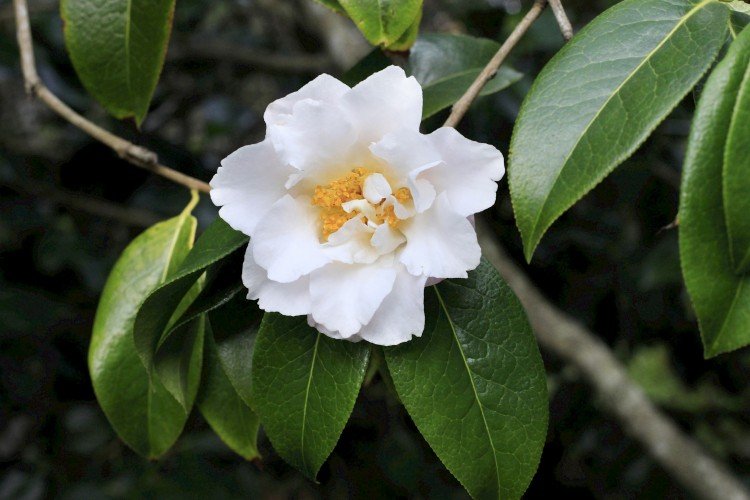
Mountain camellia
Large shrubs stretch up to about 4 m. Fragrant single white or red flowers bloom on reddish, fleecy shoots. There are many beautiful garden varieties and indoor varieties.
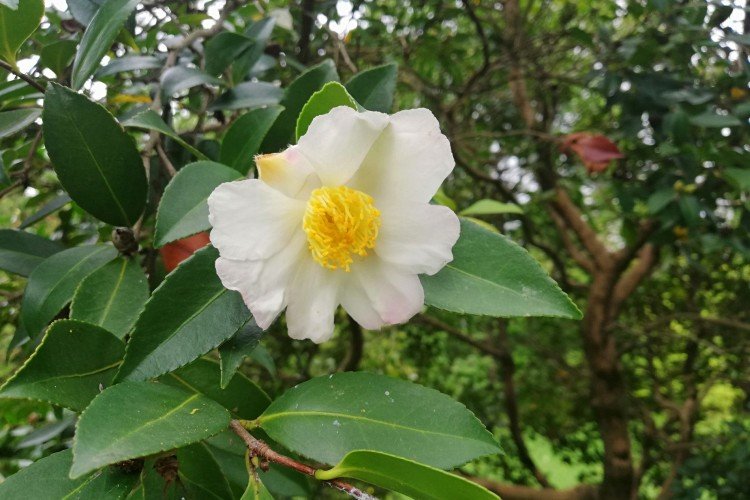
Oil camellia
Its seeds are very rich in nourishing oils, which is why it got its name. It is a tall tree with inconspicuous white flowers and large globular fruits.
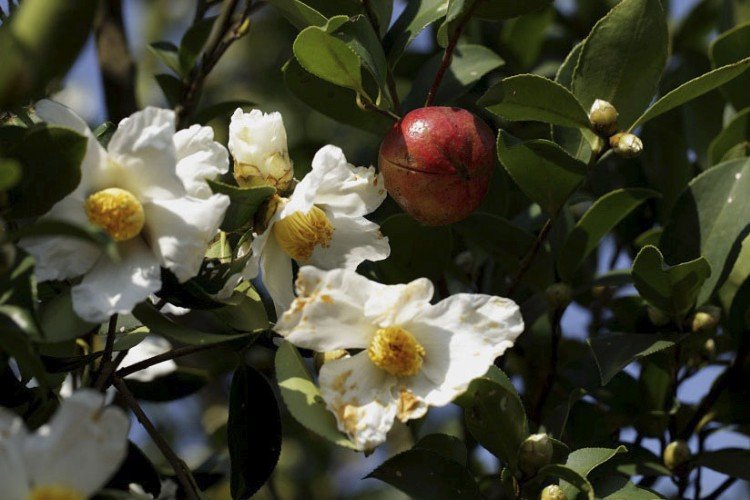
Japanese camellia
This group includes a huge variety of decorative varieties of all kinds of flowers. They differ in size, the degree of terry and the structure of the buds. Also, Japanese camellia is used in folk medicine.
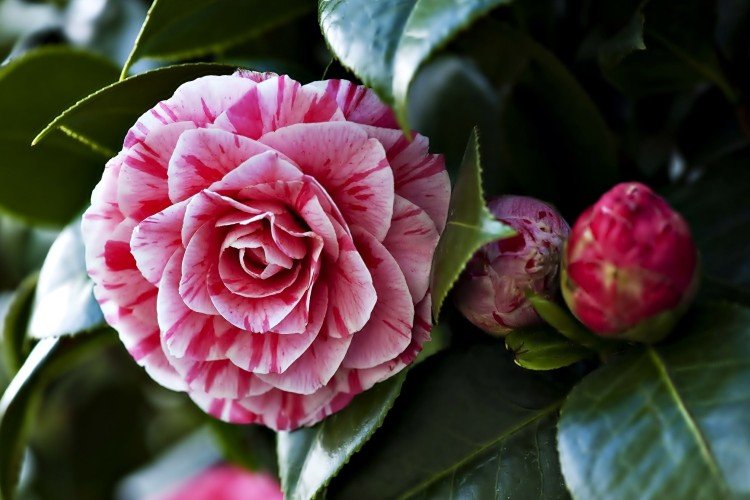
Camellia care
Inexperienced gardeners are afraid of camellia because of its exactingness. In fact, as long as you stick to just a few basic rules, it doesn't pose much of a problem!
Temperature
Camellia loves warmth, so the best temperature for it is 20-25 degrees. In such conditions, it takes root and forms buds. Excessive heat is not good for her. In the fall, start to gradually lower the temperature. Most varieties can withstand short-term frosts down to -10 degrees.
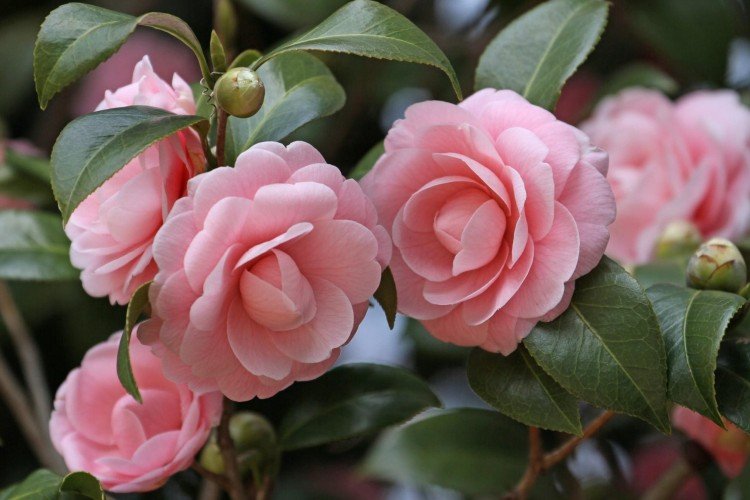
Lighting
The more uniform scattered light, the better for the camellia. Only some species prefer light partial shade - in particular, Japanese. In summer, it is better to take a flowerpot with a camellia outside or onto an unglazed balcony.
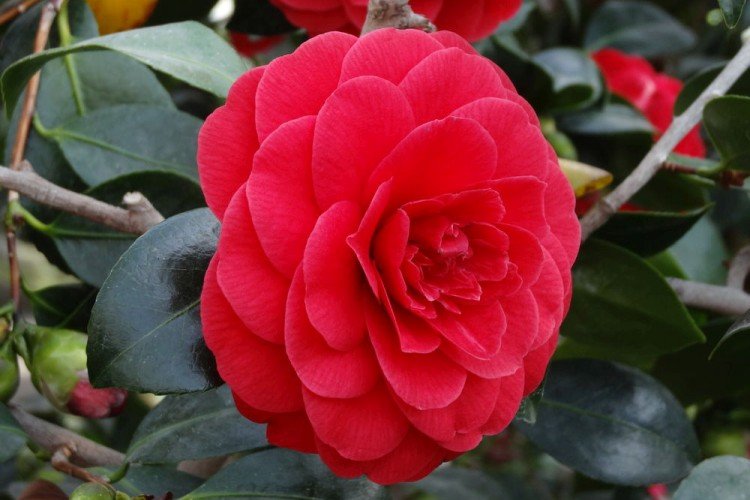
Watering
In the warm season, you need abundant and frequent watering, and also daily spraying. But the lower the temperature, the less often water procedures are carried out. Make sure that the soil dries out at least 1.5 cm.
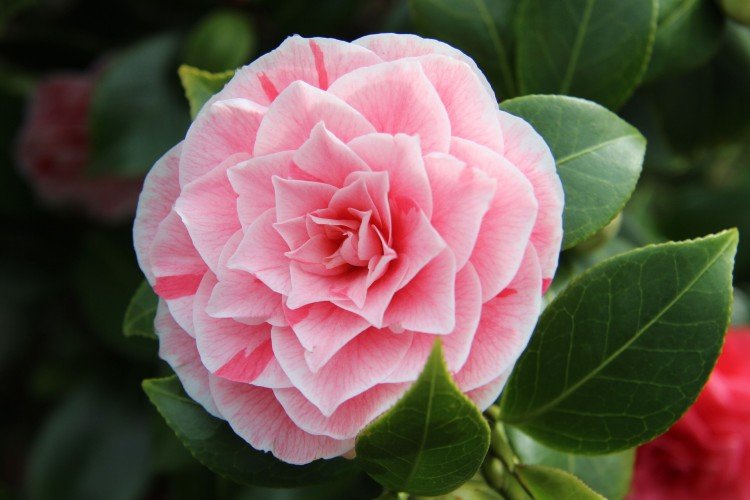
The soil
The soil should be loose first of all, and sour secondly. You can use ready-made mixtures for azaleas. Or mix leafy soil with coniferous soil and add peat, bark and baking powder.
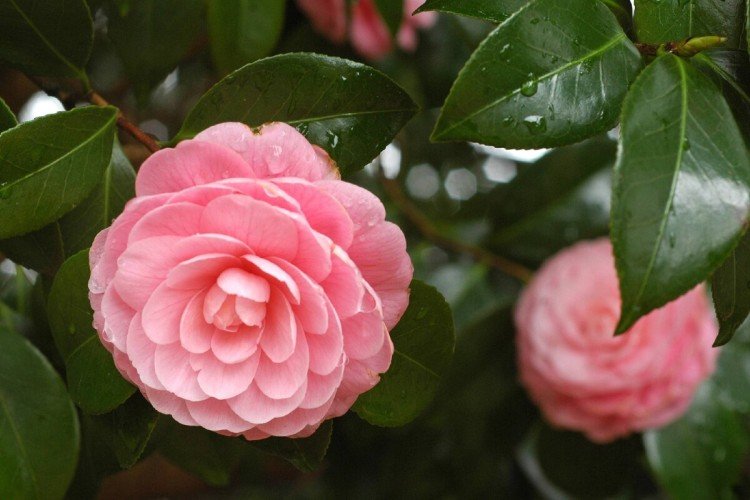
Fertilizers and feeding
Camellias need a lot of nutrients, but take into account its life cycle. It is fed from mid-spring to the second half of summer every 2-3 weeks. When feeding stops, the plant begins to form buds.
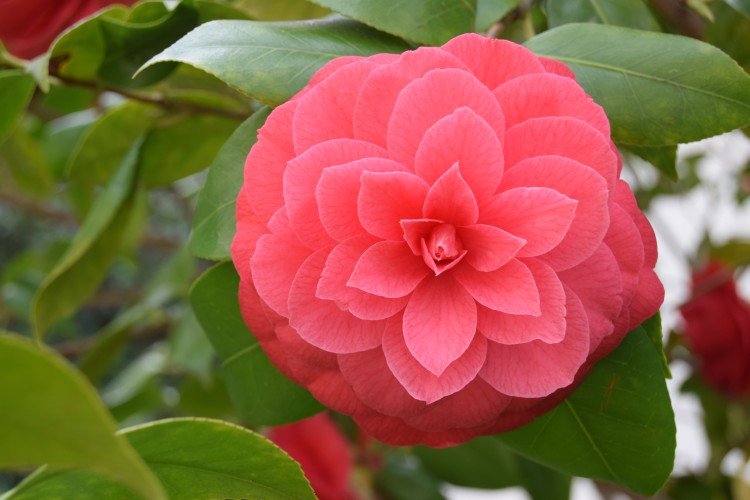
Pruning
Some types of camellia need pruning to preserve the decorative effect of the bush. But this cannot be done before flowering - only after, and regardless of the season. By the way, if there are too many of them during the formation of buds, it is better to remove some of them, because the flower will not cope.
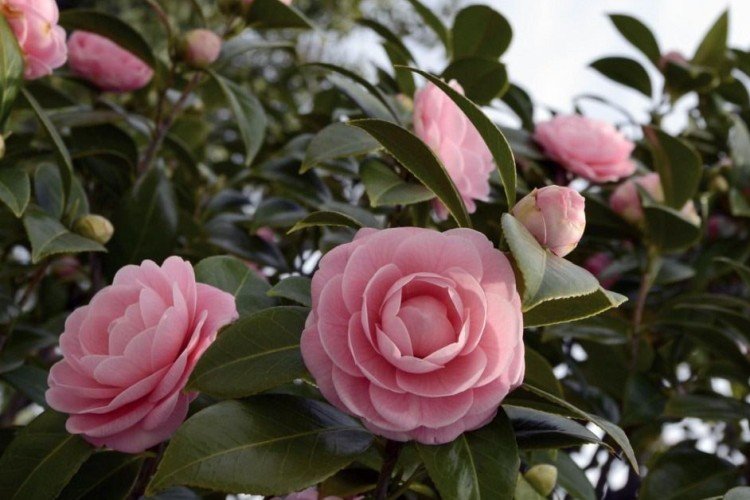
Wintering
In order for the camellia to gain strength, it must be left for the winter in a bright, cool place at a temperature of 0-10 degrees.She feels great on an unheated loggia or in a winter garden.
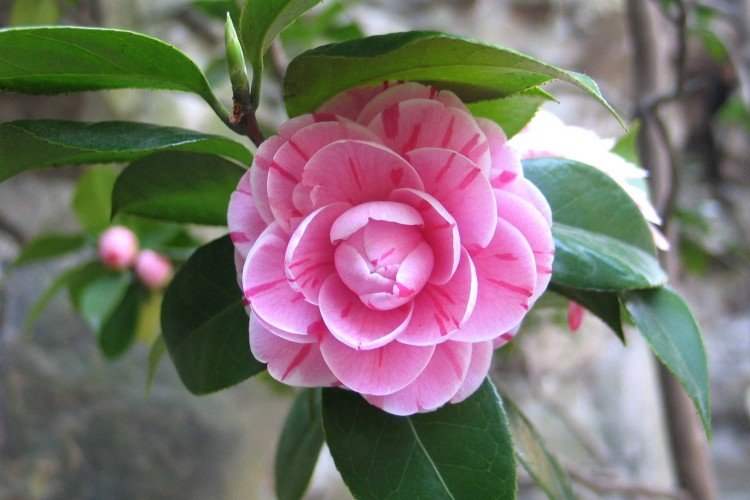
Transfer
Unlike most indoor plants, camellias are transplanted closer to winter. This should be done only as needed, every few times, very carefully and using the transshipment method. It is categorically impossible to drop the root collar.
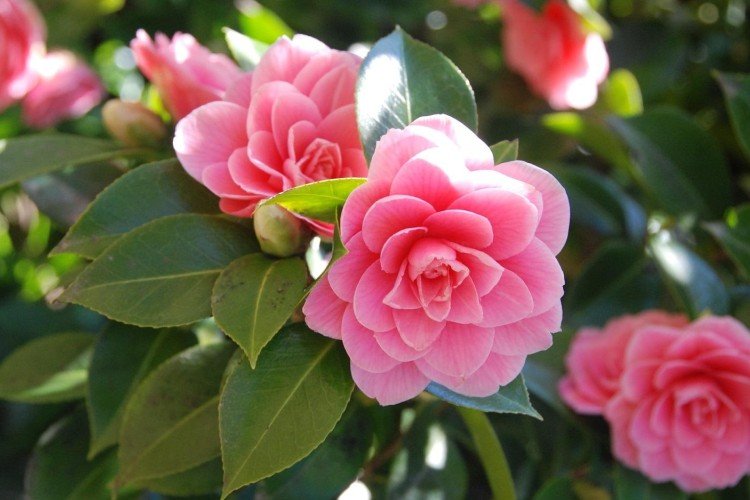
Reproduction and planting of camellia
Camellia is almost never planted with seeds in everyday life, because they are too oily, quickly lose their germination, and in general the process is problematic. Cuttings are used for propagation.
At the height of summer, cut the young apical shoots and immediately put them on rooting in peat with sand or perlite. It is best to cover them with a bag and air them periodically. You need diffused light and a temperature of +20 degrees. And also - patience, because the rooting process will take about 2 months.
In addition, camellias can be grafted. This is especially true for capricious ornamental varieties that do not take root well. A shoot with several buds is fixed on the stock in mid-January. It needs to be sprayed, watered and kept at +10 degrees and diffused lighting. In a couple of months, the escape will take root.
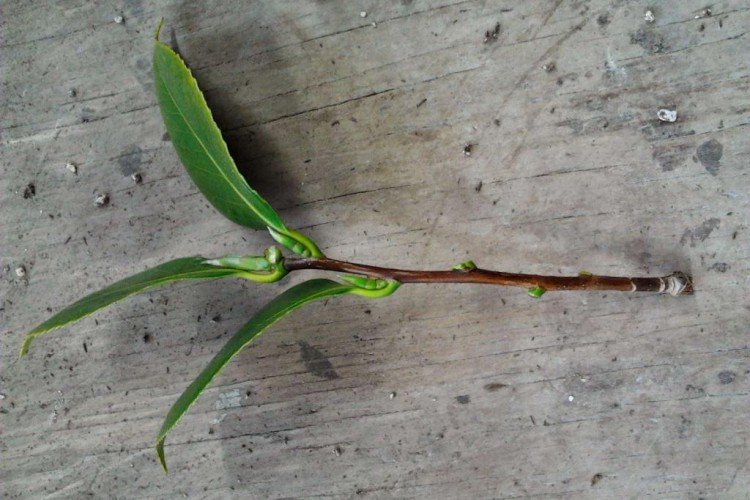
Pest and disease control
Camellia does not have the strongest immunity, but most problems, like shedding leaves or buds, are due to stress and improper care.
If the shoots begin to rot, the root collar turns black, and the leaves become covered with spots - this is a fungus. Most often, it develops due to too abundant watering. In the early stages, remove all damaged areas, treat the flower with fungicides, transplant and cover with a bag, or send it to the greenhouse until growth is active.
At high temperature and humidity, the plant is attacked by thrips, and with excessive dryness of the air - scabies and spider mites. Isolate the plant, treat all leaves with insecticides, and repeat the procedure after a few weeks.
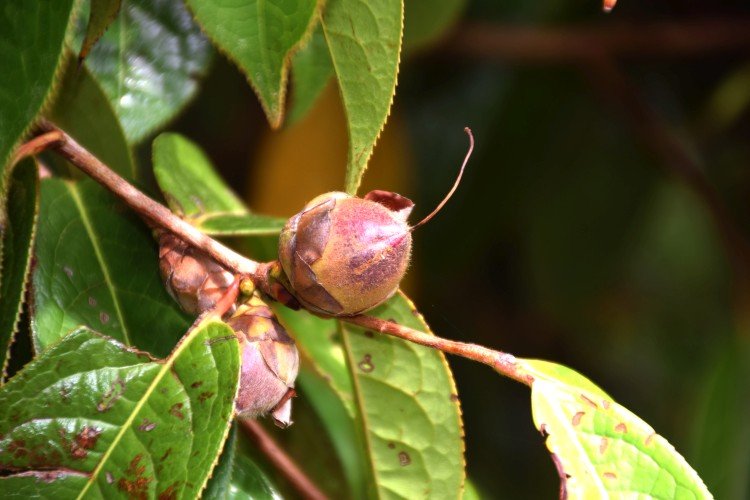
Camellia - photo
Spectacular camellia will become a star and center of attention wherever it is. We offer you to make sure of this clearly with our photo gallery!
